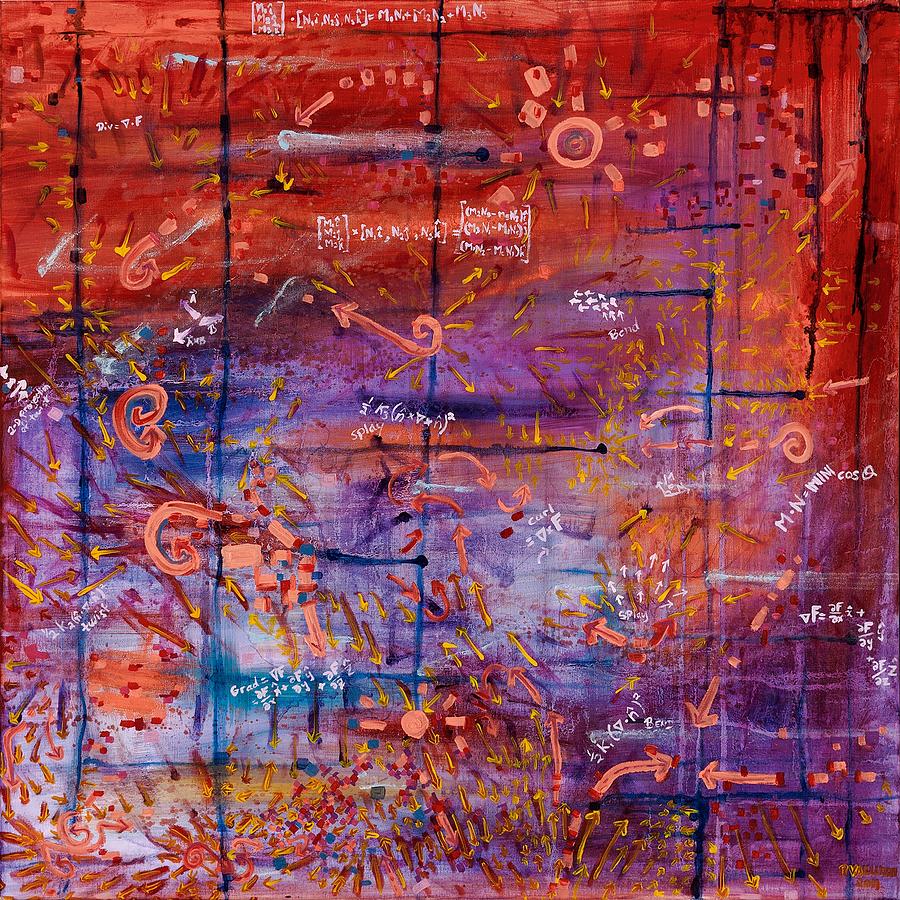

Such an object might not seem like an informative model for physics, but randomness is not devoid of patterns. Such a planet would erupt with mountain ranges of infinitely tall peaks, each assigned by rolling a die with infinite faces. The Liouville field, which is based on an equation from complex analysis developed in the 1800s by the French mathematician Joseph Liouville, describes a completely random two-dimensional surface-that is, a surface, like Earth’s crust, but one in which the height of every point is chosen randomly. It has passed every experimental test to date (although various groups may be on the verge of finding the first holes). The so-called standard model is one such QFT, depicting fundamental particles like electrons as fuzzy bumps that emerge from an infinitude of electron fields. This is a model of how one or more quantum fields, each with their infinite variations, act and interact.ĭriven by immense experimental support, QFTs have become the basic language of particle physics. Assimilating the infinite forms of a quantum field into a single prediction is the formidable task of a “quantum field theory,” or QFT. Some look almost like the field we observe in classical physics, but others are wildly different.īut physicists still want to make predictions-predictions that ideally match, in this case, what a mountaineer reads on a compass. From the quantum perspective, Earth doesn’t generate one magnetic field, but rather an infinite number of different ones. However, the situation here is more complicated due to the deep randomness of quantum theory. Take Earth’s magnetic field: The twitches of a compass needle reveal the field’s influence (its strength and direction) at every point on the planet.įields are central to quantum physics, too. In classical physics, for example, a single field tells you everything about how a force pushes objects around. In physics today, the main actors in the most successful theories are fields-objects that fill space, taking on different values from place to place.


 0 kommentar(er)
0 kommentar(er)
